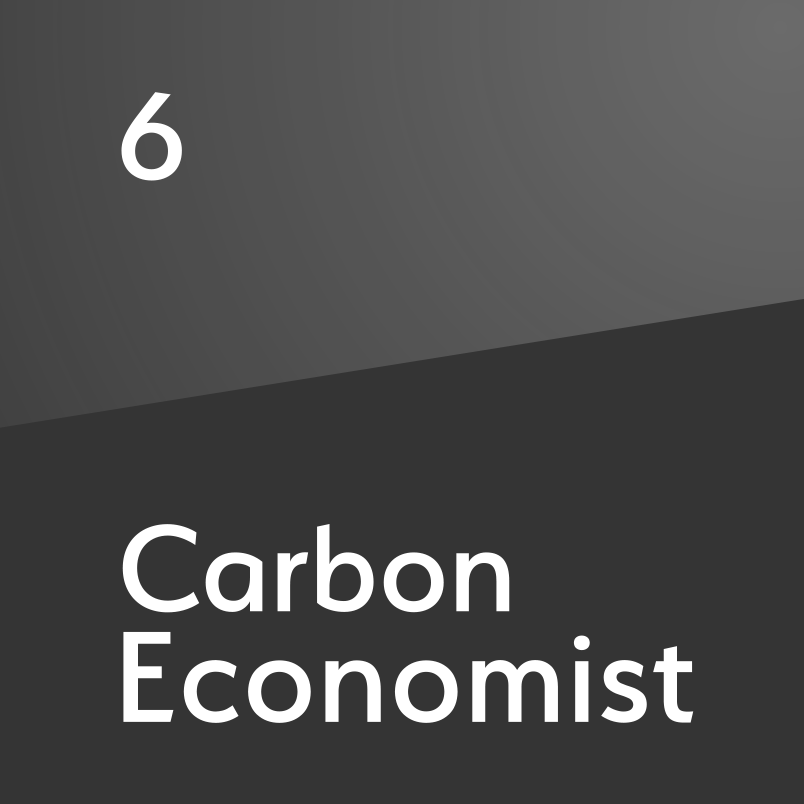Croatia and Montenegro to connect to TAP gas pipeline
The line will link Azerbaijani gas to Europe, but Balkan want some for their own energy resources
With Turkey breaking ground on 17 March on the gas pipeline that will bring Azerbaijani gas directly to Europe, Balkan countries are busy manoeuvring to feed into this flow of gas and develop the region’s own energy resources. When the entire link is operational, at the end of 2018, the Trans Anatolian Gas Pipeline (TANAP) will carry an initial 16 billion cubic metres a year (cm/y) of Azerbaijani gas to European markets via Turkey, thus reducing the bloc’s energy dependence on Russia. From the Turkey-Greece border, 10bn cm/y of that gas will be transferred to the planned 20bn cm/y Trans Adriatic Pipeline (TAP), which will pipe it through Greece and Albania, and then across the Adriatic to It

Also in this section
24 December 2025
As activity in the US Gulf has stagnated at a lower level, the government is taking steps to encourage fresh exploration and bolster field development work
23 December 2025
The new government has brought stability and security to the country, with the door now open to international investment
23 December 2025
A third wave of LNG supply is coming, and with it a likely oversupply of the fuel by 2028
22 December 2025
Weakening climate resolve in the developed world and rapidly growing demand in developing countries means peak oil is still a long way away






